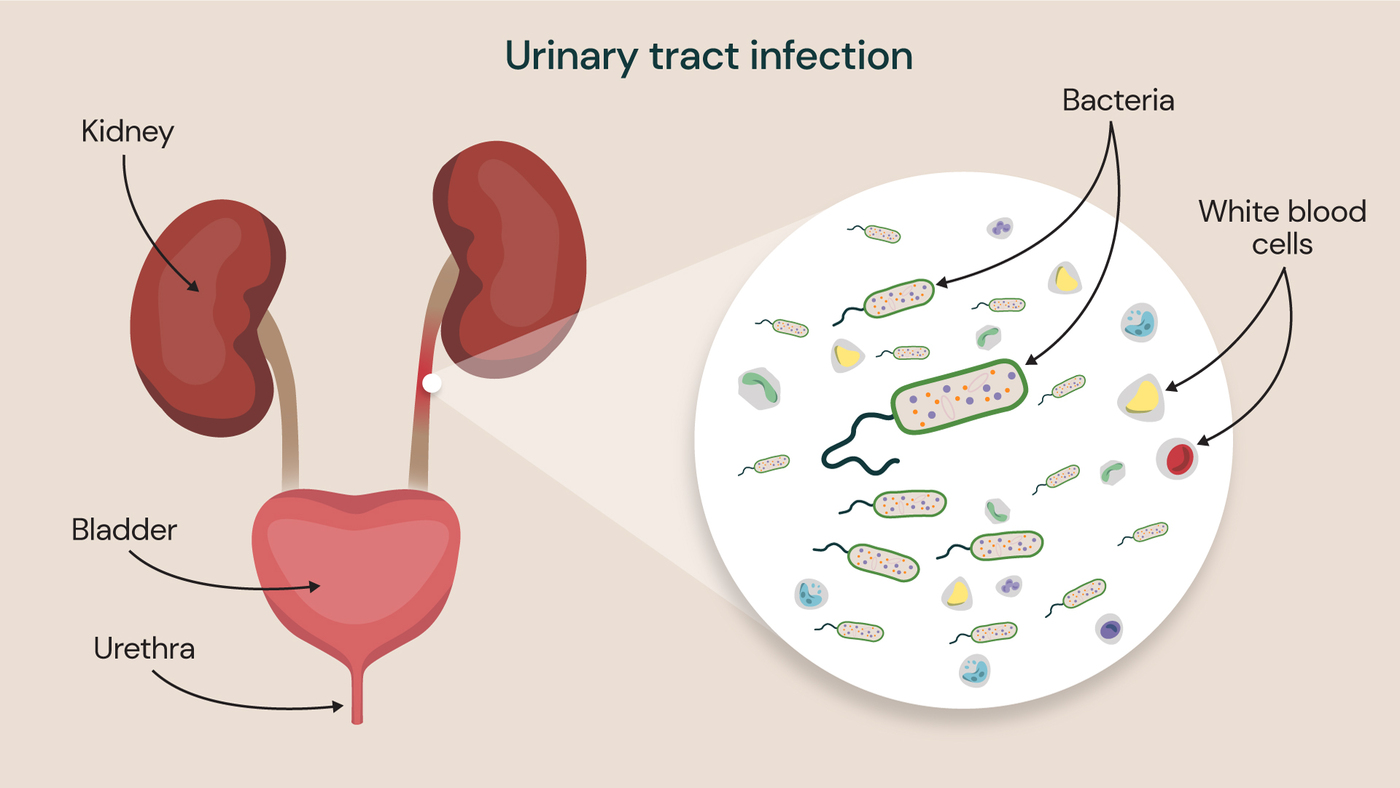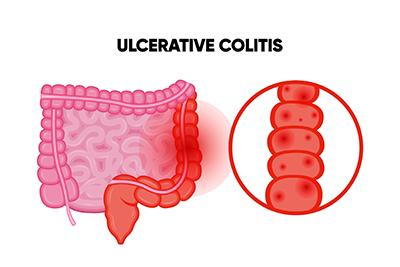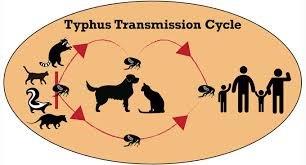Nursing Paper Example on Uveitis
Nursing Paper Example on Uveitis
(Nursing Paper Example on Uveitis) Uveitis is a term for inflammation of the uvea, the middle layer of the eye that includes the iris, ciliary body, and choroid. It is a sight-threatening condition that can arise from various causes, including infections, autoimmune diseases, and trauma. This overview will cover the types, causes, pathophysiology, clinical presentation, diagnostic criteria, management, and preventive strategies for uveitis.

Types of Uveitis
Anterior Uveitis – Inflammation affecting the front part of the uvea, primarily the iris and ciliary body. It is the most common form and can present acutely or chronically.
Intermediate Uveitis – Inflammation centered in the vitreous, affecting areas like the pars plana and sometimes the retina. It is often associated with systemic diseases like multiple sclerosis.
Posterior Uveitis – Involves the back portion of the eye, including the retina and choroid. It may lead to severe vision impairment if untreated.
Panuveitis – Inflammation affects all parts of the uvea, leading to extensive eye involvement and a higher risk of complications.
Causes of Uveitis
Uveitis can be caused by various underlying factors, which may include:
Infectious Causes – Infections such as tuberculosis, herpes simplex virus, cytomegalovirus, syphilis, and toxoplasmosis are well-known triggers for infectious uveitis (Schwartzman et al., 2017).
Autoimmune and Inflammatory Conditions – Conditions such as ankylosing spondylitis, sarcoidosis, Behçet’s disease, and inflammatory bowel disease are associated with non-infectious uveitis.
Trauma and Injury – Physical trauma or surgical injury to the eye can lead to uveitis due to inflammatory responses.
Idiopathic – In many cases, the cause of uveitis remains unknown despite extensive investigations, classifying it as idiopathic.
Drug-induced Uveitis – Certain medications, such as rifabutin and bisphosphonates, have been reported to induce uveitis as a side effect.
Pathophysiology of Uveitis
The inflammation in uveitis primarily results from an immune response triggered by infectious pathogens, autoantigens, or trauma. Cytokines and inflammatory mediators, such as tumor necrosis factor-alpha, interleukin-6, and other pro-inflammatory cytokines, are released, leading to tissue damage in the uveal tract. Chronic uveitis often involves an autoimmune component, where the immune system mistakenly attacks components of the eye (McCluskey & Wakefield, 2018).
(Nursing Paper Example on Uveitis)
Clinical Presentation
Uveitis can present acutely or develop gradually and may affect one or both eyes. Common symptoms include:
- Redness and Eye Pain: Patients often experience pain and redness, particularly in anterior uveitis.
- Photophobia: Sensitivity to light is common due to irritation of the inflamed tissues.
- Blurred Vision: This can be mild to severe depending on the extent of inflammation and involvement.
- Floaters: Dark spots in the field of vision may occur, especially in posterior uveitis.
- Decreased Visual Acuity: Severe or untreated uveitis can lead to progressive vision loss.
Diagnosis of Uveitis
Clinical Examination – Diagnosis is largely based on an ophthalmic examination, using a slit lamp to observe inflammation and check for signs in the anterior chamber.
Ocular Imaging – Imaging methods, such as fundus photography, optical coherence tomography, and fluorescein angiography, help evaluate the posterior structures and identify retinal involvement.
Laboratory Testing – Blood tests and imaging can help diagnose systemic causes of uveitis, including inflammatory markers, autoimmune panel, and specific infectious disease tests (Herbort et al., 2018).
Biopsy in Rare Cases – In cases of suspected malignancy or where infectious etiologies need clarification, a biopsy may be performed to confirm the diagnosis.
Management of Uveitis
The treatment of uveitis is directed at reducing inflammation, preventing complications, and addressing any underlying causes.
Corticosteroids – Corticosteroids are the mainstay for reducing inflammation, administered as eye drops, injections, or systemic treatments depending on the type and severity of uveitis.
Immunosuppressive Agents – Medications like methotrexate, azathioprine, and mycophenolate mofetil are used in cases of chronic or refractory uveitis, especially in autoimmune-related uveitis.
Biologic Therapies – For severe or resistant cases, biologics such as adalimumab and infliximab, which target inflammatory pathways, are increasingly being used (Jabs et al., 2017).
Antibiotics and Antivirals – When infectious agents cause uveitis, specific antimicrobial or antiviral therapies are administered alongside anti-inflammatory treatments.
Surgery – In cases of complications like cataracts or glaucoma, surgical intervention may be necessary.
Complications of Uveitis
Untreated or chronic uveitis can lead to significant complications, including:
Glaucoma – Increased intraocular pressure may develop due to inflammation or corticosteroid use, leading to optic nerve damage.
Cataracts – Chronic inflammation or steroid use can accelerate cataract formation, leading to vision impairment.
Macular Edema – Swelling in the central retina is a major cause of visual impairment in posterior uveitis cases.
Retinal Detachment – Severe cases may lead to retinal detachment, which requires urgent surgical intervention.
Preventive Strategies
Managing Underlying Diseases – Controlling systemic diseases such as rheumatoid arthritis or inflammatory bowel disease can help reduce uveitis risk in susceptible patients.
Regular Eye Examinations – Patients with known autoimmune or inflammatory disorders should have regular ophthalmic evaluations for early detection.
Prompt Treatment of Infections – Early and adequate treatment of infections known to cause uveitis, such as syphilis or tuberculosis, can prevent ocular involvement.
Medication Awareness – Patients on medications associated with uveitis should be monitored closely for early signs.
References
Herbort, C. P., Rao, N. A., & Mochizuki, M. (2018). Uveitis: Text and Imaging. Springer. https://link.springer.com/book/10.1007/978-4-431-54888-7
Jabs, D. A., Nussenblatt, R. B., & Rosenbaum, J. T. (2017). Standardization of Uveitis Nomenclature for Reporting Clinical Data. American Journal of Ophthalmology, 140(3), 509–516. https://doi.org/10.1016/S0002-9394(05)80139-9
McCluskey, P. J., & Wakefield, D. (2018). Essentials in Ophthalmology: Uveitis and Immunological Disorders. Springer. https://link.springer.com/book/10.1007/978-3-642-25555-4
Schwartzman, S., Gritz, D. C., & Rapuano, C. J. (2017). Basic and Clinical Science Course. American Academy of Ophthalmology, Uveitis and Ocular Inflammation, 9(1), 56-67. https://www.aao.org










